Pavilion: China Pavilion, 2010 Shanghai World Expo
Location: Expo Land, Section A
Highlight: The sculptural body symbolizes the Chinese spirit
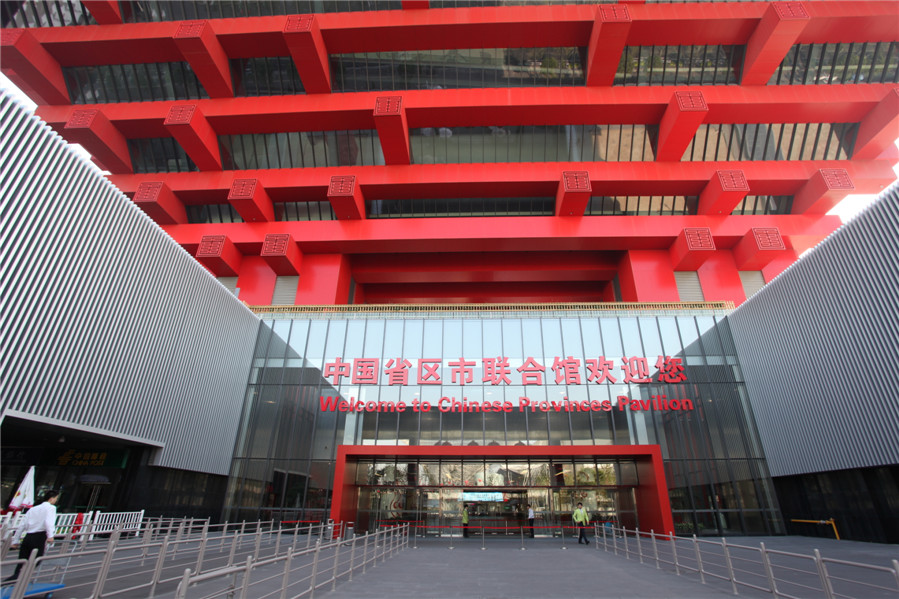
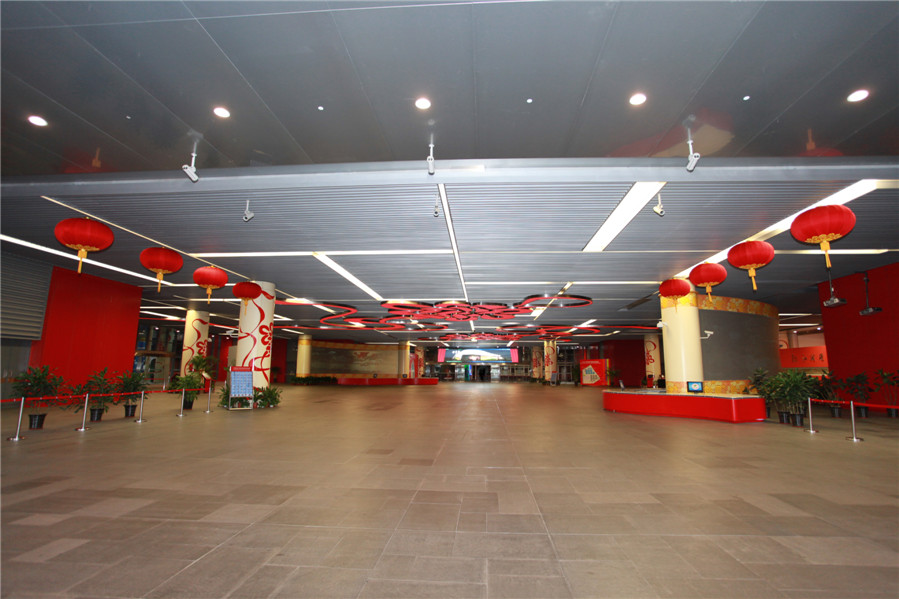
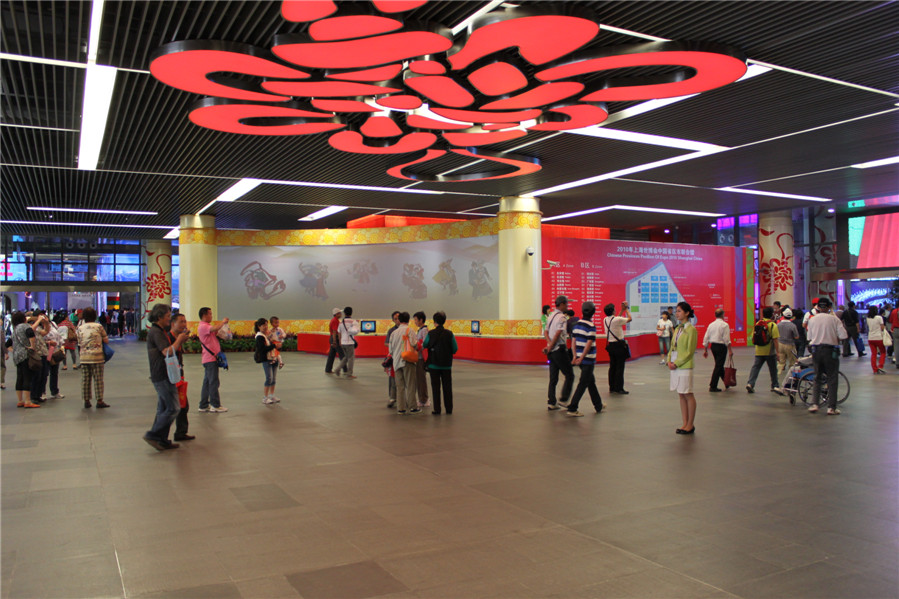
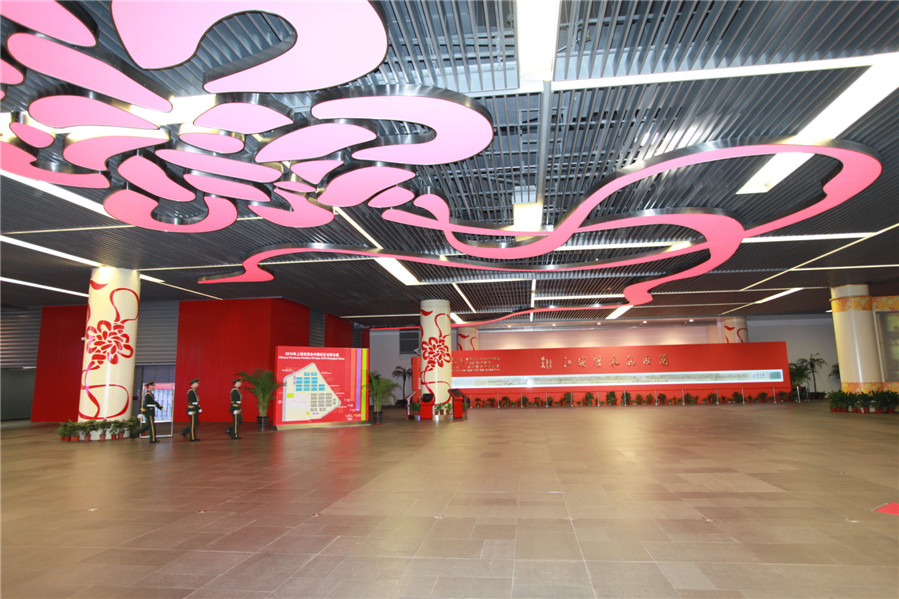
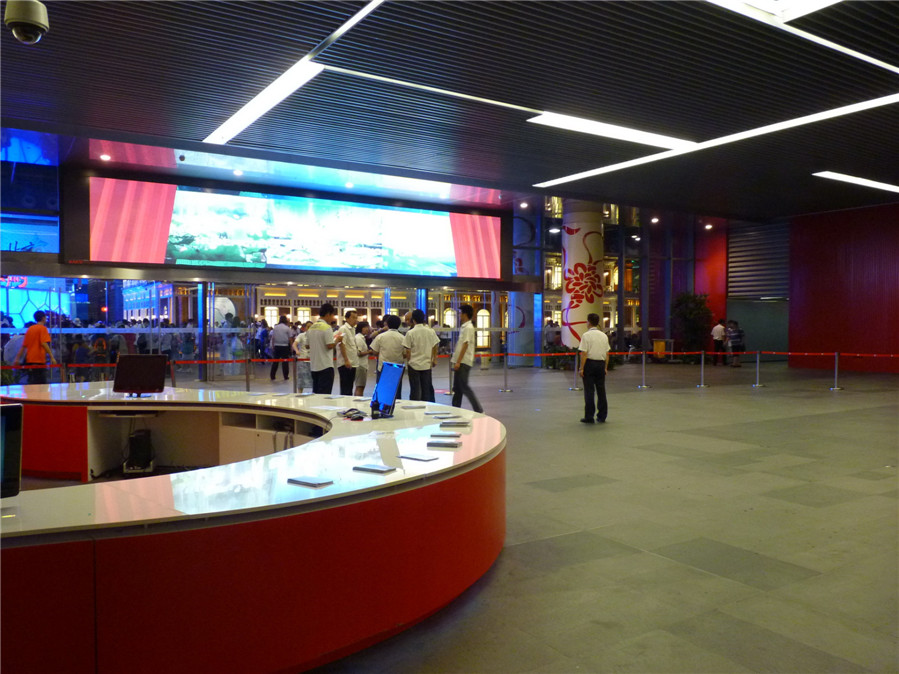
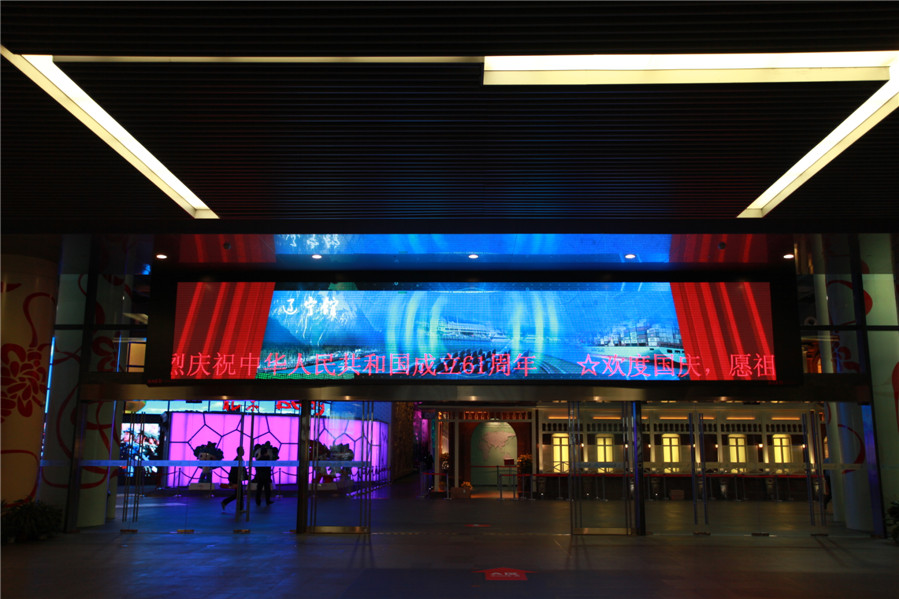
Space Idea is responsible for the planning, design, construction and home operation of the lobby. The design is closely around "united", ceiling and the two concentric knots on the ground echo each other. The mural way of 56 nations express Chinese ethnic peoples the vision of creating a brilliant future with one heart and one mind.
The creative source of our designers is the harmonious situation of China's 31 provincial-level administrative units and 56 ethnic groups that have made common progress, common support and mutual development over the years, as well as the development and inheritance of 5000 years of Chinese traditional culture. For the development of various provinces and regions, we have experienced the glorious development from nothing at the time of liberation to gradually awakening during the period of building socialism in an all-round way, then again, to the glorious development of reform and opening-up, every province, every city and every Chinese has witnessed this transformation. This is a history, but also the growth of whole of China, it records the road we have gone through, experience we have, for a better future, the growth history should not be forgotten. China provincial and municipal joint pavilion integrates the development process and main development achievements of each province, region and city, as well as the customs, ethnic characteristics and development achievements of all ethnic groups. Chinese traditional culture is the name card of China, is the unique Chinese culture. With the development of thousands of years, the traditional culture of the Chinese nation has developed into various fields. As early as 2000 years ago, there were Confucianism represented by Confucius and Mencius, and Taoism represented by Lao Tzu and Chuang Tzu. In the aspect of science and technology, there are New Year pictures, ceramics, shadow, paper cutting, embroidery, facial makeup, jade carving, etc. The four famous Chinese New Year paintings are: Mianzhu New Year paintings, Suzhou Taohuawu, Tianjin Yangliuqing, Shandong Weifang; the four famous embroideries are Suzhou embroidery, Guangdong Yueyu embroidery, Hunan Xiang embroidery and Sichuan Shu embroidery. Facial makeup is the name card of the figures in Peking Opera, which uses exaggerated colors and distorted graphics to show the characters of the task. Various of provinces and regions have experienced the development and prosperity of Chinese culture, all have their own characteristics, these are the inspiration for the design, designers are in fully understanding of the provincial economic and culture under the premise of the history and the development, through artistic methods, these characteristics are fully displayed, showing the characteristics and development of various provinces, autonomous regions and municipalities.